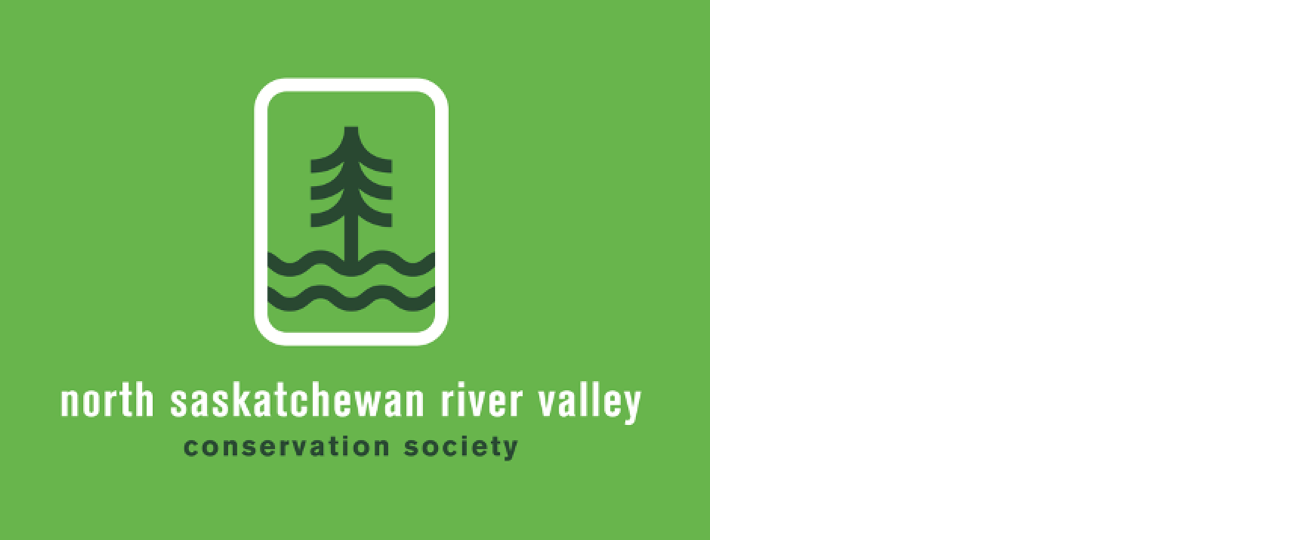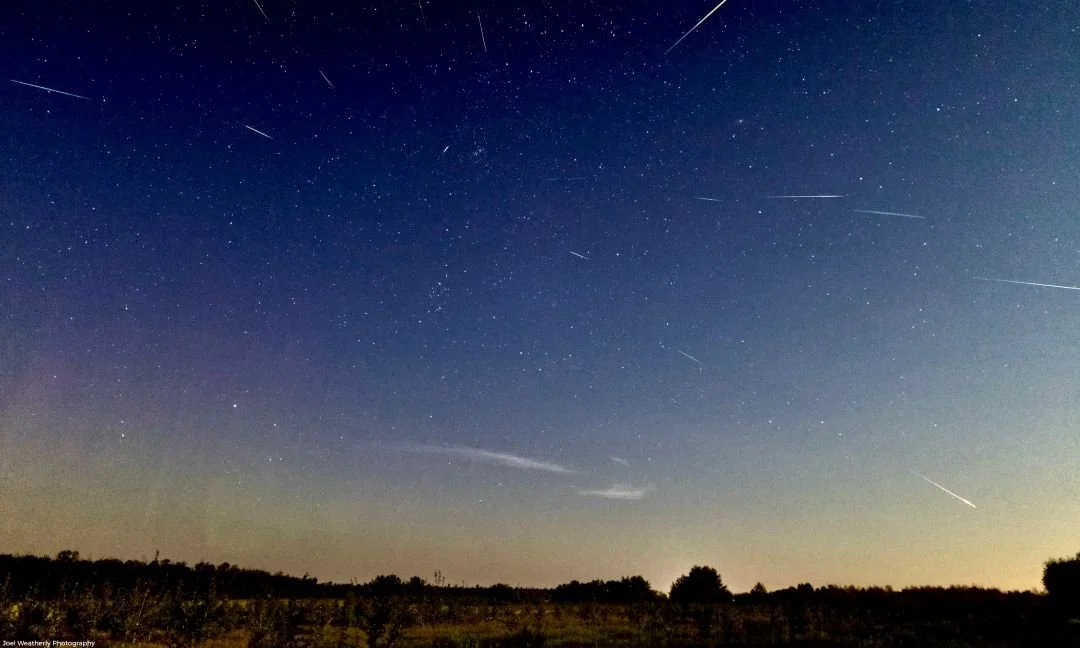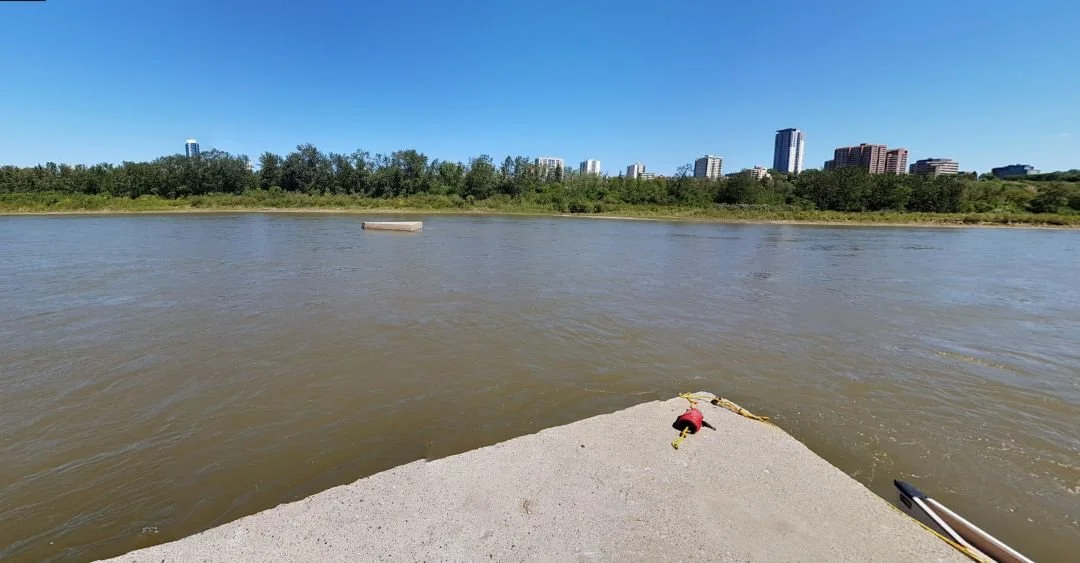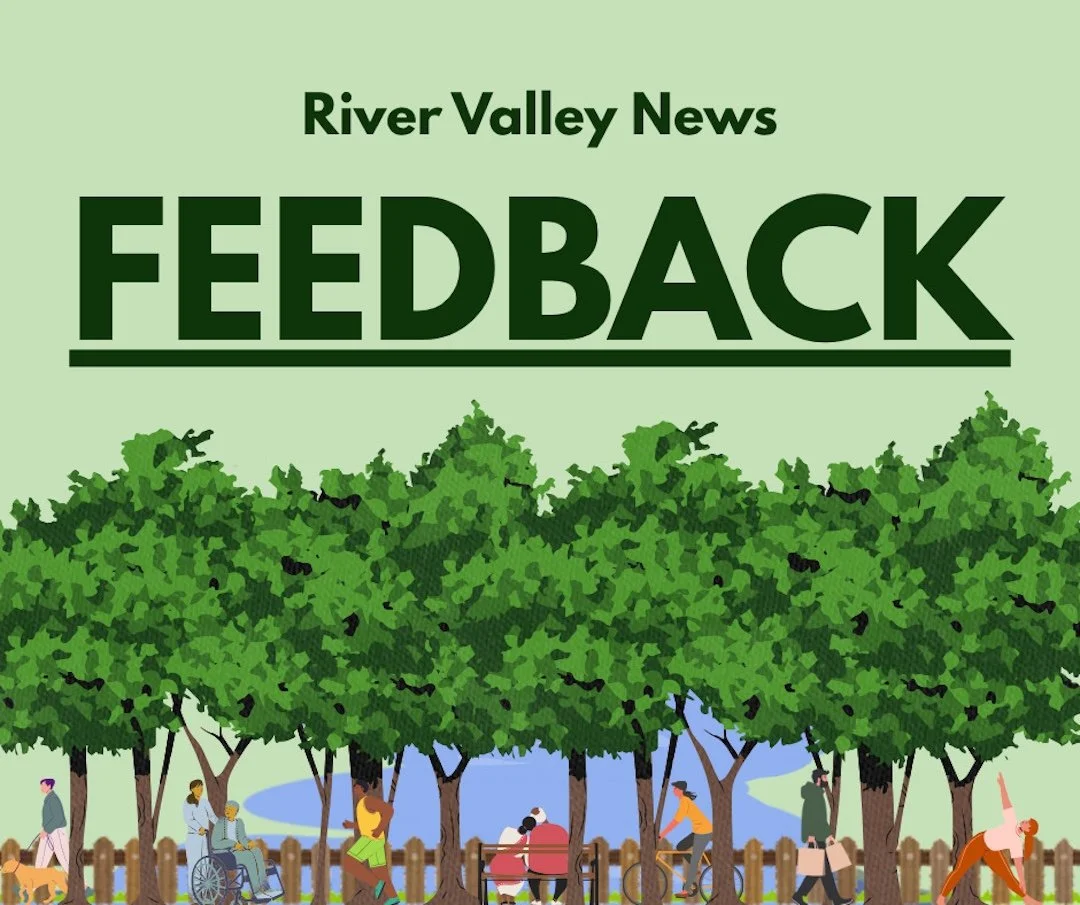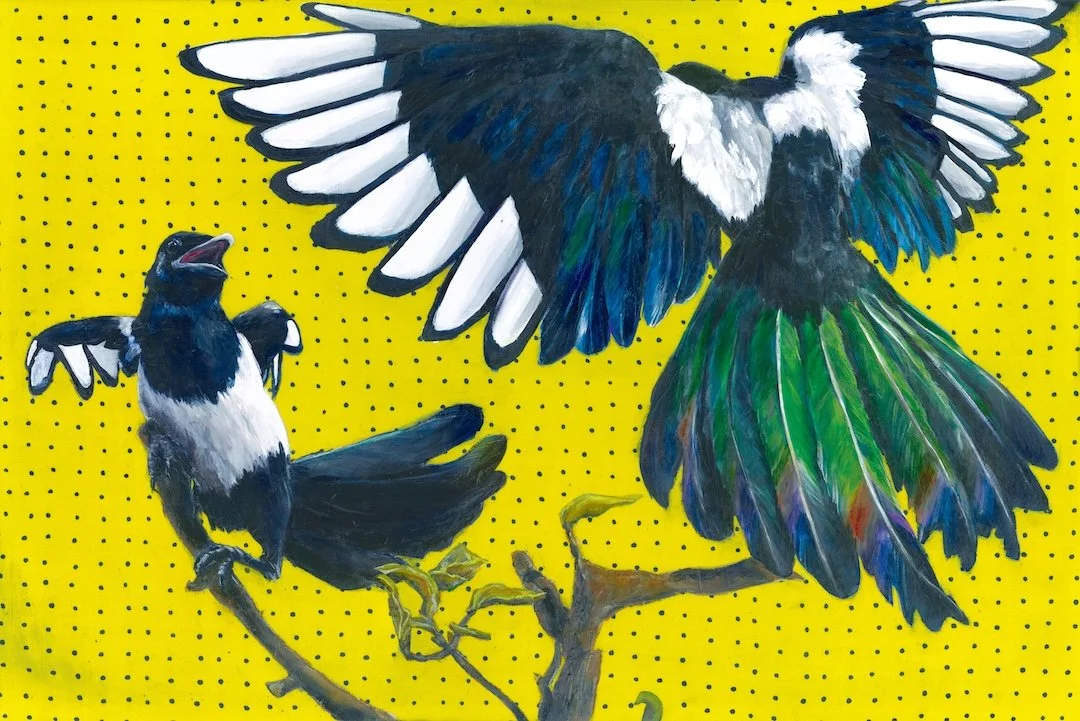Even in retreat, there is regeneration
In Blue, artist Kelsey Stephenson invites you to experience the healing presence of Alberta’s glacial landscapes. Through the cyanotype process, a photographic technique developed with water, these works carry the vivid blues of melting ice and flowing rivers. Moving among large silk panels and delicate prints on paper, you’ll find yourself immersed in the cycles of freeze and thaw, light and shadow, stillness, and flow.
The imagery traces the path of the North Saskatchewan River from its headwaters in Banff National Park, drawing inspiration from the surrounding terrain of the Athabasca and Saskatchewan Glaciers. While glaciers tell stories of loss, they also feed the veins of our planet—melting into rivers, nourishing ecosystems, and reminding us that even in retreat, there is regeneration.
This work holds space for renewal. It asks you to consider what it means to be well within yourself and the natural world. As you move through these layered, suspended pieces, there is time to breathe, to remember, and to reconnect with places that carry meaning and comfort.
Situated in the University of Alberta Hospital, McMullen Gallery aims to inspire, educate, and engage their audience – including patients, medical staff, hospital visitors and members of the general public. Open since 1986, this public gallery is a haven to which anyone may retreat and relax, reflect, share a quiet visit, while viewing displays of visual art by individual artists, collectives, and organizations.
BLUE – Kelsey Stephenson
July 28 - September 14, 2025, in McMullen Gallery
8440-112 St NW
Monday – Friday: 9 a.m. -7 p.m.
Saturday – Sunday: 11 a.m. – 5 p.m.
https://www.friendsofuah.org/exhibitions-list/2025/7/28/blue-kelsey-stephenson
How a Comet's Trail Becomes a Light Show
The Perseids meteor shower can be seen from the northern hemisphere each year, from late July to mid-August. This year, an increasing number of shooting stars should be visible every night, until the light show peaks on the night of August 12 and 13.
During the peak, typically in the darkest hours after midnight, up to 50 to 80 meteors per hour can streak across the sky. To be even more specific, look up at the sky between moonset and dawn to see the most meteors of the night. The Perseids take their name from the constellation Perseus because they appear to fall right from it.
Comet 109P/Swift–Tuttle causes this remarkable phenomenon. It orbits the sun, leaving a trail of dust and gravel in its path. Every summer, the Earth crosses the comet's orbital path and passes through its trail of debris. That debris becomes meteors as it disintegrates in our atmosphere and generates impressive flashes of light!
In Alberta there are five designated Dark Sky Preserves. The most accessible to the Edmonton area is the Beaver Hills Dark Sky Preserve, which encompasses Miquelon Lake Provincial Park, Cooking Lake-Blackfoot Provincial Recreation Area and Elk Island National Park. For further information on how to best view the meteor shower check out the following links:
Perseids: How to watch the best meteor shower of the year | Canadian Space Agency
Perseid meteor shower 2025: All you need to know
Photo courtesy of Joel Weatherly Photography
The "Sea Ravens" of Our Skies
The double-crested cormorant is a large black bird with a long sinuous neck and a yellow-orange throat patch. The name cormorant is a contraction of two Latin words; corvus and marinus which when put together mean “sea raven”. With their penchant for fishing and their black colour it is easy to see why.
They weigh between 1.2 and 2.5 kilos and are exceptional divers, some able to dive to depths of 45 meters using their powerful webbed feet and using their wings as rudders. Cormorants eat a wide variety of fish along with some crustaceans, amphibians and insects. Their long beak, with the tip of the bill shaped like a hook, is an excellent aid in catching prey.
A cormorant’s time is spent almost equally between fishing and resting. Some people believe that their oil glands are insufficient for waterproofing, and although these oil glands may help them be a better diver, it also means they must spend a large portion of time drying their wings. Observers will often find cormorants on top of tall trees of telephone poles with their wings outstretched to catch the drying rays of the sun.
Cormorants are colonial nesters whose guano has been known to kill the very trees they perch upon. At the very least, it will stain and discolour any rocks below. A few of the Cormorants' favourite local hangouts in the Edmonton area include Hermitage Park and Beaumaris Lake. Send us a message of where your favourite place in Edmonton is to see these unique birds!
The Cormorants are Coming! - Alberta Institute For Wildlife Conservation
Photo courtesy of Emmanuel Pocsidio via Alberta Birds | Facebook
The U of A's River-Powered Cooling Secret
Have you ever wondered what those two concrete slabs poking out of the North Saskatchewan River just West of the High Level Bridge are? When the question is posed online, many are quick to say things like “Lime Scooter parking spots” or that they are part of a “river raft sobriety test section”, but they are in fact part of the University of Alberta’s Cooling Plant.
The cooling plant is situated on the banks of the North Saskatchewan river and uses river water in the winter months to produce chilled water used to meet the university’s cooling needs. The river water is supplied to the plant via two concrete intake structures located on the bed of the river, each connected to a wet well by a “1980 built 54-in. diameter steel pipe,” which runs under the riverbed perpendicularly to the river flow.
This is one of two cooling plants that are part of the U of A’s district energy system which is owned and operated by the university, and supplies thermal and electric power to the greater campus area. The U of A heating plant produces steam to heat and power the Greater Campus Area. Five large boilers burn natural gas, producing one-billion kilograms of steam each year. The heating plant also operates two steam turbine generators. Together these generators can produce 25 per cent of the power the UAlberta campus needs.
The U of A found they could help reduce their environmental impact by producing heat in their central heating plant, which is about 25 per cent more efficient than using stand-alone boilers in buildings. Additionally, using cold river water as condenser water is more efficient than using cooling towers.
Energy & Climate Action (E&CA) offers tours of some of the university's LEED and Green Globes certified buildings, labs who have made outstanding commitments to energy and water efficiency, and the university's district energy system. To book a tour, email emso@ualberta.ca.
Utilities Behind the Scenes | University Services, Operations + Finance
Photo courtesy of Curtis Meunier via Google Maps University of Alberta Cooling Outtake Platform
News release July 16 confirms Nordic Spa plans now official
Louise says “ the Nordic Spa is NOT proposed IN the river valley. The LAND is adjacent to the river valley and above the top of a bank on land that had been developed for residential use for many years. If you are going to point out that residents think it is, you should equally point out that it is not according to all studies, plans and zonings.”
Competition by Kirra Kent
Magpie painting, https://www.kirra.ca/about-artist
Comment or Contributions
Please note articles may not reflect the position of NSRVCS. River Valley News is meant to be a clearinghouse for the variety of opinions and ideas about Edmonton’s River Valley.
Email river valley photos, event information, comments, or questions to nsrivervalley@gmail.com.
Forward this link to anyone you think may want to sign up for this newsletter https://www.edmontonrivervalley.org/newsletter-signup
